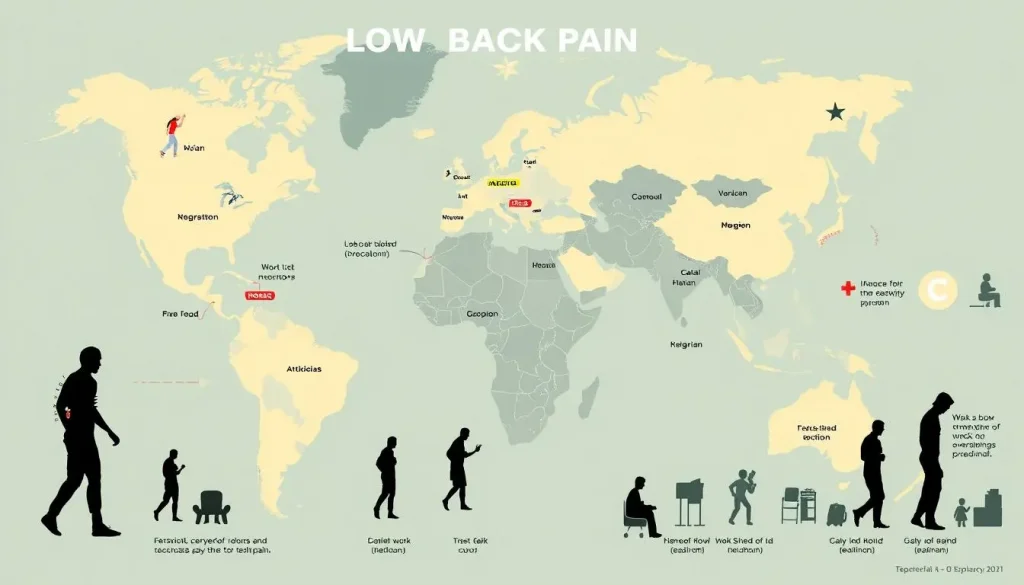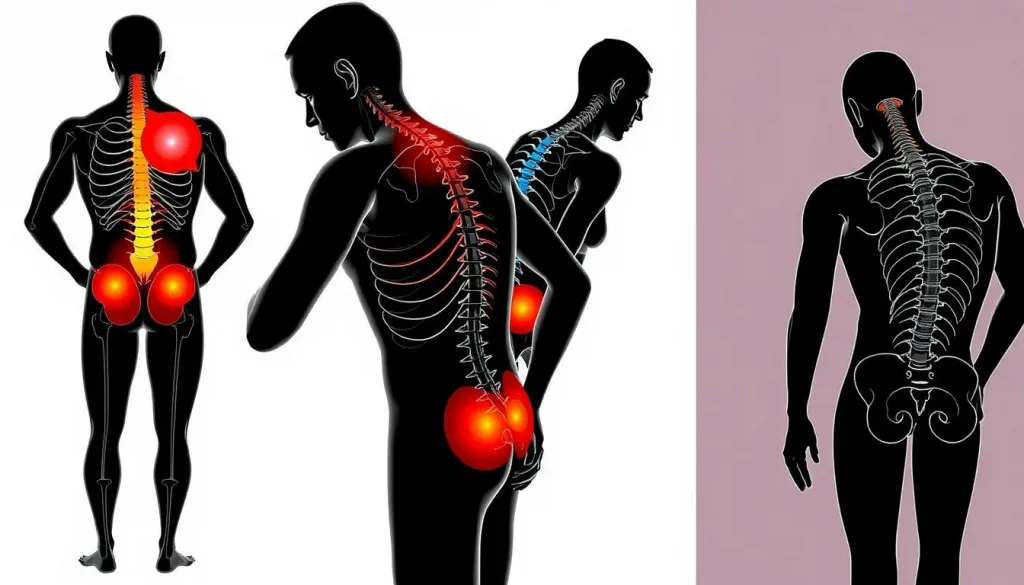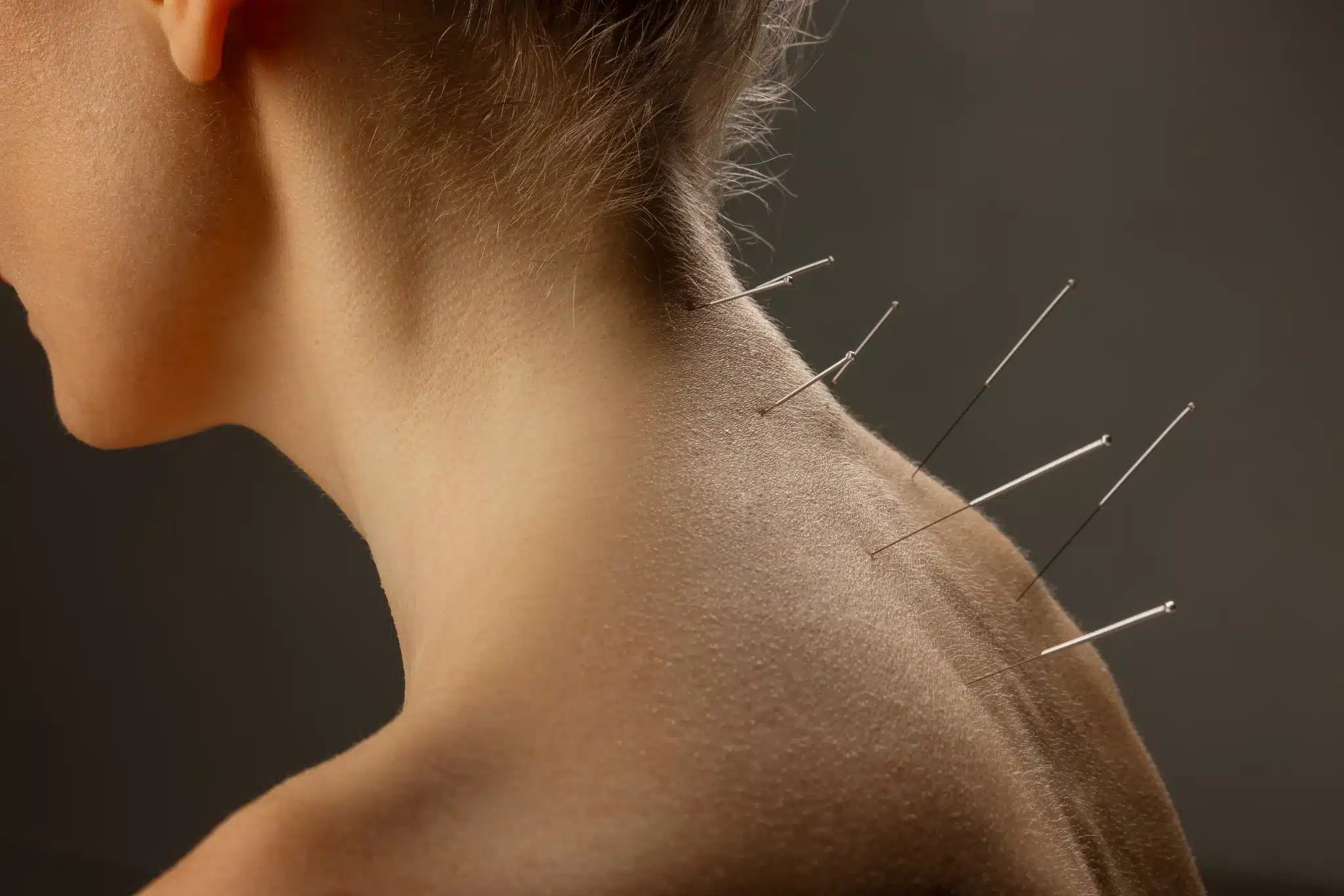Ever thought how a simple backache becomes a coding puzzle? The world of vertebrogenic low back pain ICD 10 coding is complex. Healthcare pros need to keep up with updates for correct diagnosis and billing.
Low back pain has become a big issue, with 619 million people affected worldwide in 2020, says the World Health Organization. It's the most common musculoskeletal problem. As we deal with ICD-10 coding for low back pain, knowing the latest changes is key for healthcare and patients.
The Centers for Medicare & Medicaid Services (CMS) has brought in new codes for low back pain. These changes help in better diagnosis and treatment. For rehab therapists and healthcare workers, keeping up with these updates is vital for good patient care and efficient practice.
Key Takeaways
- WHO reports 619 million people affected by low back pain globally in 2020
- New specific ICD-10 codes introduced for low back pain, replacing M54.5
- M54.51 code specifically designates vertebrogenic low back pain
- Accurate coding is crucial for proper diagnosis, treatment, and billing
- Projected increase to 843 million low back pain cases worldwide by 2050
- Understanding coding changes is essential for healthcare professionals
Understanding Low Back Pain and Its Prevalence
Low back pain is a big health problem affecting millions around the world. It includes chronic low back pain and vertebrogenic lumbar pain. This condition greatly affects people and the healthcare system.
Global Impact of Low Back Pain
The World Health Organization says 619 million people had low back pain in 2020. This makes it the most common musculoskeletal condition globally. Back pain from the vertebrae is a big part of these cases.

A world map highlighting regions affected by low back pain, with visual indicators of prevalence rates, diverse silhouettes of people experiencing discomfort, illustrations of various work environments contributing to back pain, and symbols representing healthcare and rehabilitation, all in a harmonious and informative artistic style.
Projected Increase in Cases
Experts think low back pain cases will jump to 843 million by 2050. This rise is mainly because of an aging world population. About 5% of people will have chronic, severe pain and trouble moving because of low back pain.
Importance for Rehab Therapists
Rehab therapists are key in managing low back pain. They need to understand vertebrogenic lumbar pain well for effective treatment. Around 40% of chronic low back pain is from intractable, discogenic pain, showing the need for specialized knowledge.
"The intervertebral disc degenerates before all other connective tissues in the body, with imaging evidence commonly visible by the end of the second decade of life."
This early start of disc degeneration shows how important proper diagnosis and treatment are. Rehab therapists must keep up with new treatments and ICD-10 coding for low back pain. This helps them give the best care.
Types of Low Back Pain
It's key to know the different types of low back pain for proper treatment. Doctors use this info to create specific pain management plans.
Acute Low Back Pain
Acute low back pain lasts under six weeks. It usually comes from sudden injuries or strain. With rest and care, it often gets better on its own.
Subacute Low Back Pain
Subacute low back pain lasts 6 to 12 weeks. It's a middle phase between acute and chronic pain. Early treatment can stop it from becoming chronic.
Chronic Low Back Pain
Chronic low back pain lasts over 12 weeks. It affects about 20% of those with acute pain. Chronic pain needs ongoing management.

Illustration of various types of low back pain classification, featuring outlined human silhouettes with highlighted areas indicating pain zones, including muscular, nerve-related, vertebrogenic, and idiopathic pain, set against a neutral background, showcasing anatomical details and color-coded regions for each type.
| Type | Duration | Prevalence |
|---|---|---|
| Acute | Less than 6 weeks | Most common |
| Subacute | 6-12 weeks | Less common |
| Chronic | 12+ weeks | 20% of acute cases |
Knowing the type of low back pain helps doctors choose the right treatment. It's vital for them to keep up with the latest pain classification systems for the best patient care.
ICD-10 Coding Changes for Low Back Pain
The healthcare world has seen big changes in ICD-10 coding for low back pain. Starting October 1, 2021, the code M54.5 is gone. This change affects the rehab therapy field a lot.
New codes have been added to replace M54.5. They make diagnosis more specific. Here are the new codes:
- M54.50: Low back pain, unspecified
- M54.51: Vertebrogenic low back pain
- M54.59: Other low back pain
The icd-10 m54.51 guidelines are key for healthcare providers. This code is used for billing. It's part of MS-DRG 551 and 552 for medical back problems.
For spinal disc disorders icd-10 coding, there's a new code for lumbago due to intervertebral disc displacement. It's important to use these updated codes for correct billing. This helps avoid claim denials.
| Code | Description | Effective Date |
|---|---|---|
| M54.51 | Vertebrogenic Low Back Pain | October 1, 2024 |
| S39.012 | Low back strain | October 1, 2021 |
| M54.4- | Lumbago with sciatica | October 1, 2021 |
Healthcare providers might face pushback from payers for not using the new codes fast enough. They might need to appeal to get their claims approved.
Vertebrogenic Low Back Pain ICD 10
Vertebrogenic low back pain comes from the vertebrae. It's a condition that's getting more attention lately. It has its own special needs for treatment. Let's look into what makes this condition unique and how it's coded in healthcare.
Definition of vertebrogenic low back pain
This pain starts from damage to the vertebral endplates. It feels like a deep, burning, or aching in the lower back. Sitting or moving a lot can make it worse, making everyday tasks hard.
Symptoms and causes
The main symptom is pain in the middle of the lower back. Many things can lead to this pain, like family history or a job that's hard on the body. Being taller can also increase the risk. Doctors often check for other causes of back pain first.
Using ICD-10 code M54.51
Healthcare providers use ICD-10 code M54.51 for vertebrogenic low back pain. This code is part of the M54 category for dorsalgia. It started being used on October 1, 2024. It's important to follow the icd-10 m54.51 guidelines and watch for Excludes1 edits. These edits help code the pain accurately and avoid mixing it up with other conditions.
Medicare Finalizes Decision to Cover Acupuncture for Chronic Low Back Pain (M54.51)
FAQ
What is the ICD-10 code for vertebrogenic low back pain?
The ICD-10 code for vertebrogenic low back pain is M54.51.
What are the causes of vertebrogenic low back pain?
Vertebrogenic low back pain is caused by damage to the vertebral endplates. It can be due to family history, obesity, smoking, or jobs that are physically demanding. It also includes being tall and everyday wear and tear.
What are the symptoms of vertebrogenic low back pain?
Symptoms include deep, burning, or aching pain in the middle of the lower back. This pain often gets worse with prolonged sitting or physical activity.
What is the global impact of low back pain?
The World Health Organization (WHO) says 619 million people worldwide had low back pain in 2020. It's the most common musculoskeletal condition globally.
What is the projected increase in low back pain cases by 2050?
The WHO expects an increase to 843 million cases of low back pain by 2050. This is due to an aging global population.
Why is understanding low back pain coding important for rehab therapists?
For rehab therapists, knowing the right ICD-10 codes for low back pain is key. It helps with accurate diagnosis, treatment, and billing.
What are the recent changes in ICD-10 coding for low back pain?
Recent changes include replacing the general code M54.5 with more specific ones. These are M54.50 (Low back pain, unspecified), M54.51 (Vertebrogenic low back pain), and M54.59 (Other low back pain). These changes took effect on October 1, 2021.
Source Links
- ICD-10 Code for Low Back Pain | WebPT
- ICD-10 Coding for Low Back Pain: Guide for Rehab Therapists
- Defining the Patient with Lumbar Discogenic Pain: Real-World Implications for Diagnosis and Effective Clinical Management
- New Changes to the ICD-10 M54.5: Diagnosing Lower Back Pain
- Correctly Identify Low Back Pain





